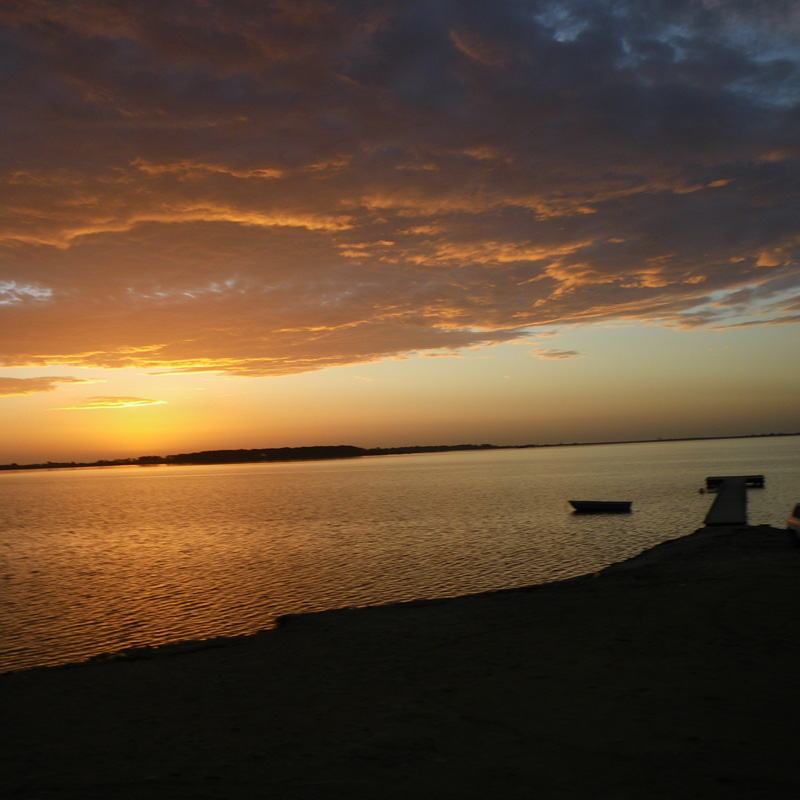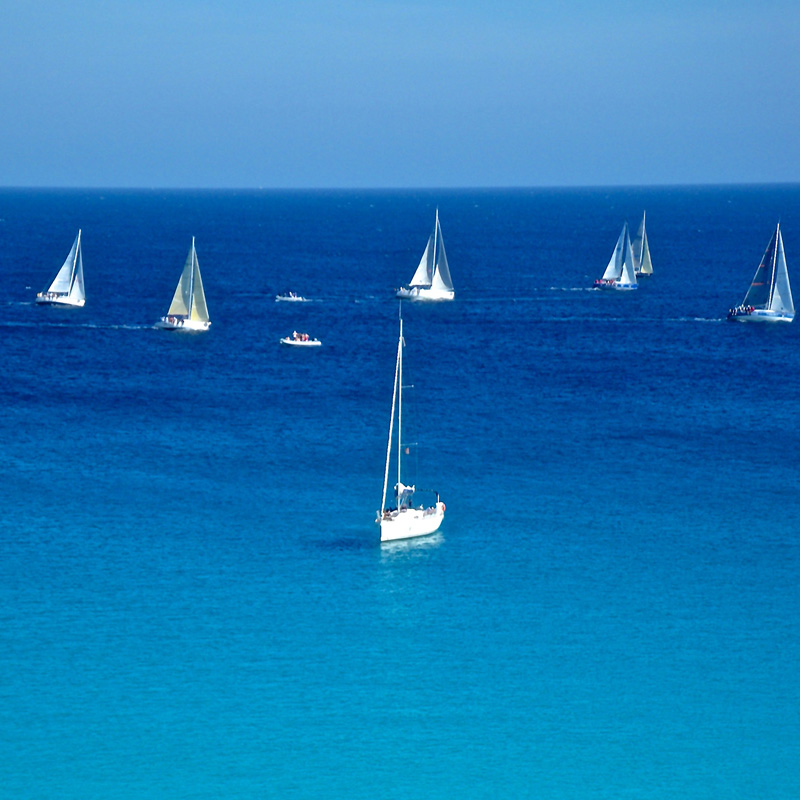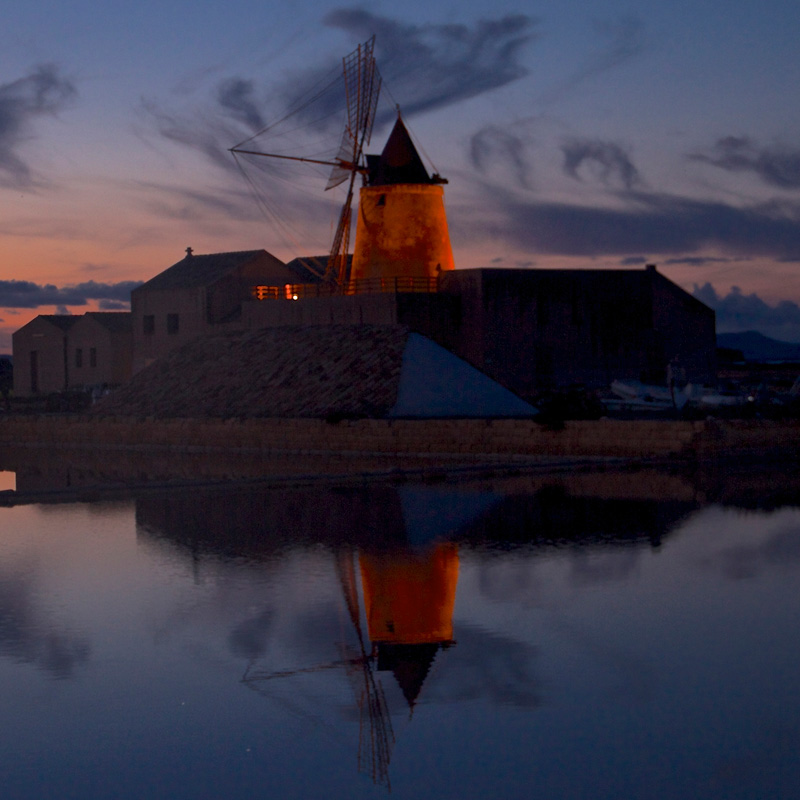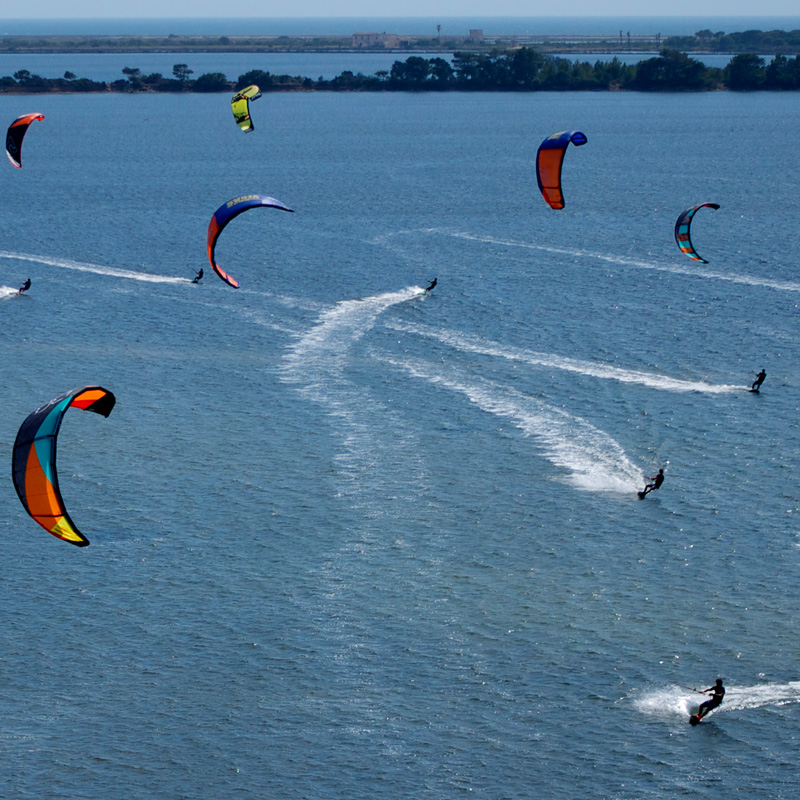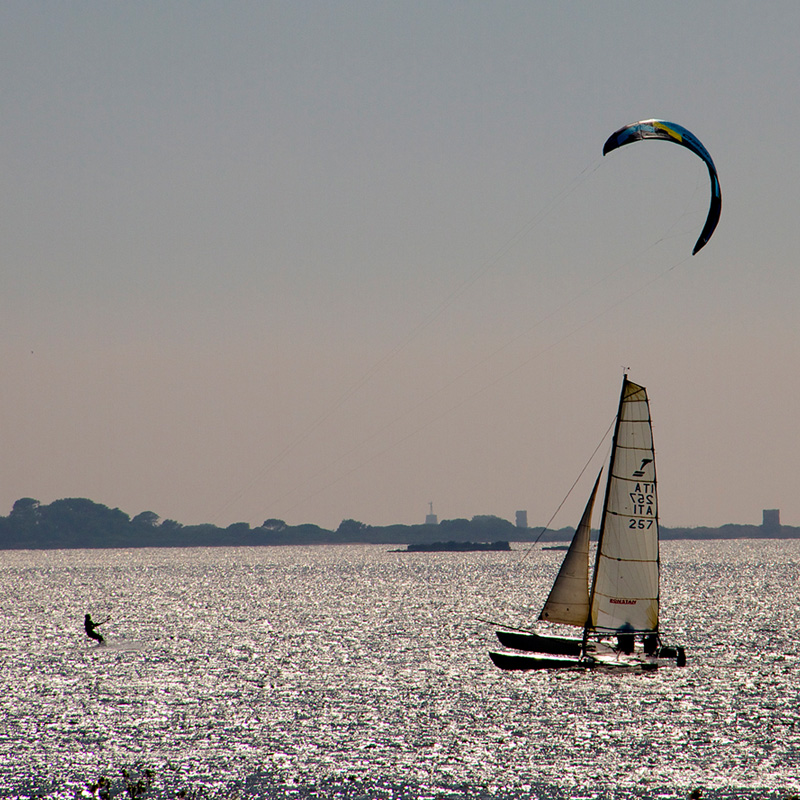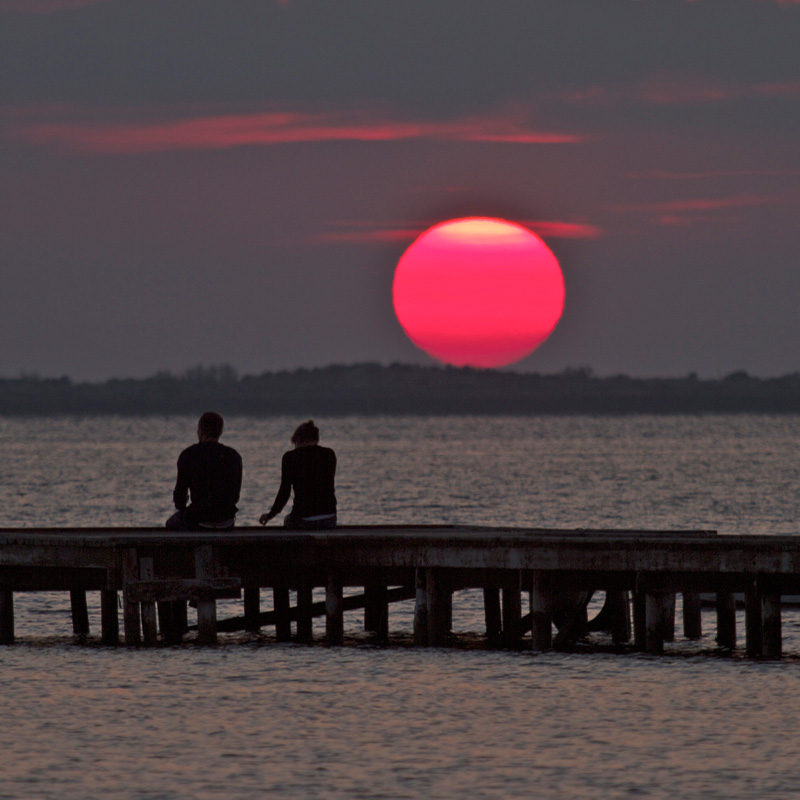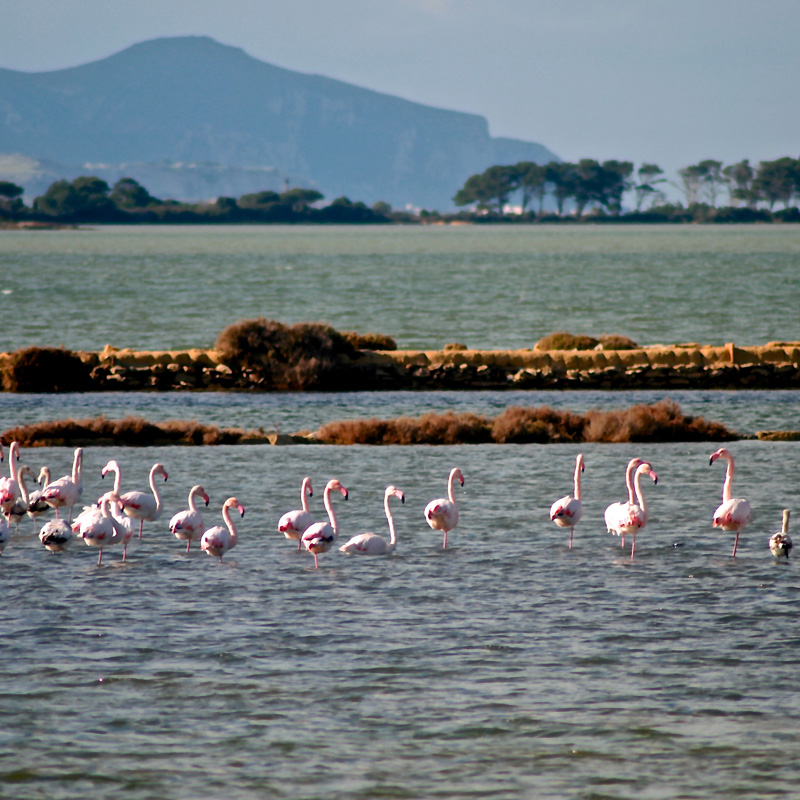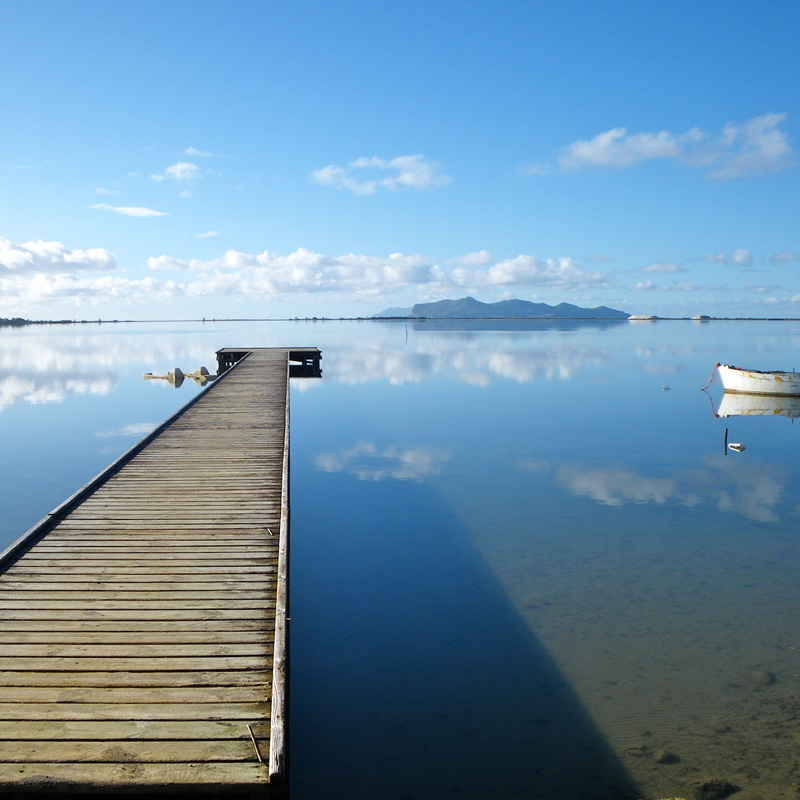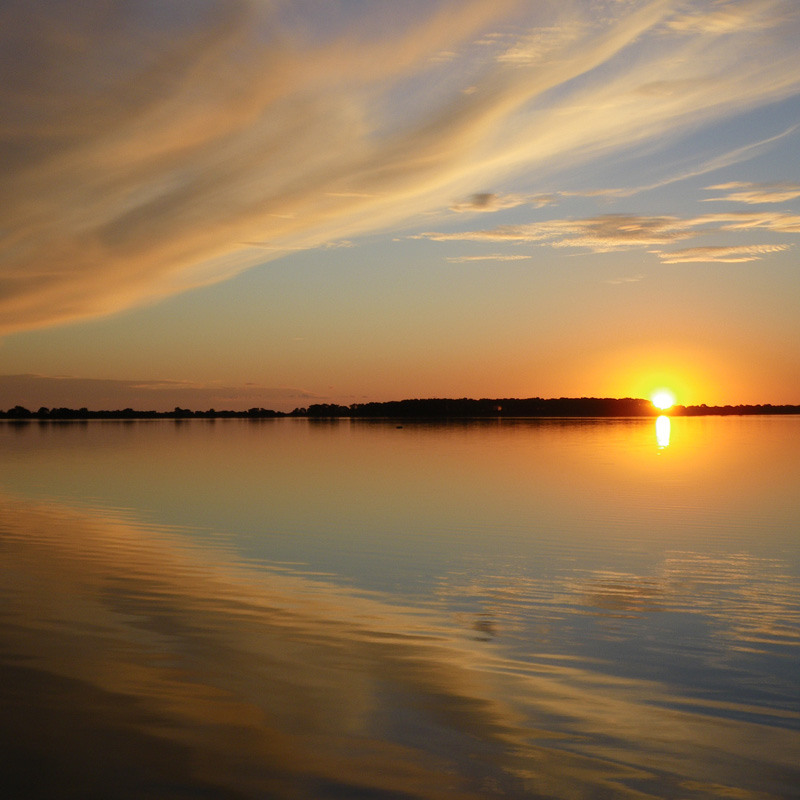
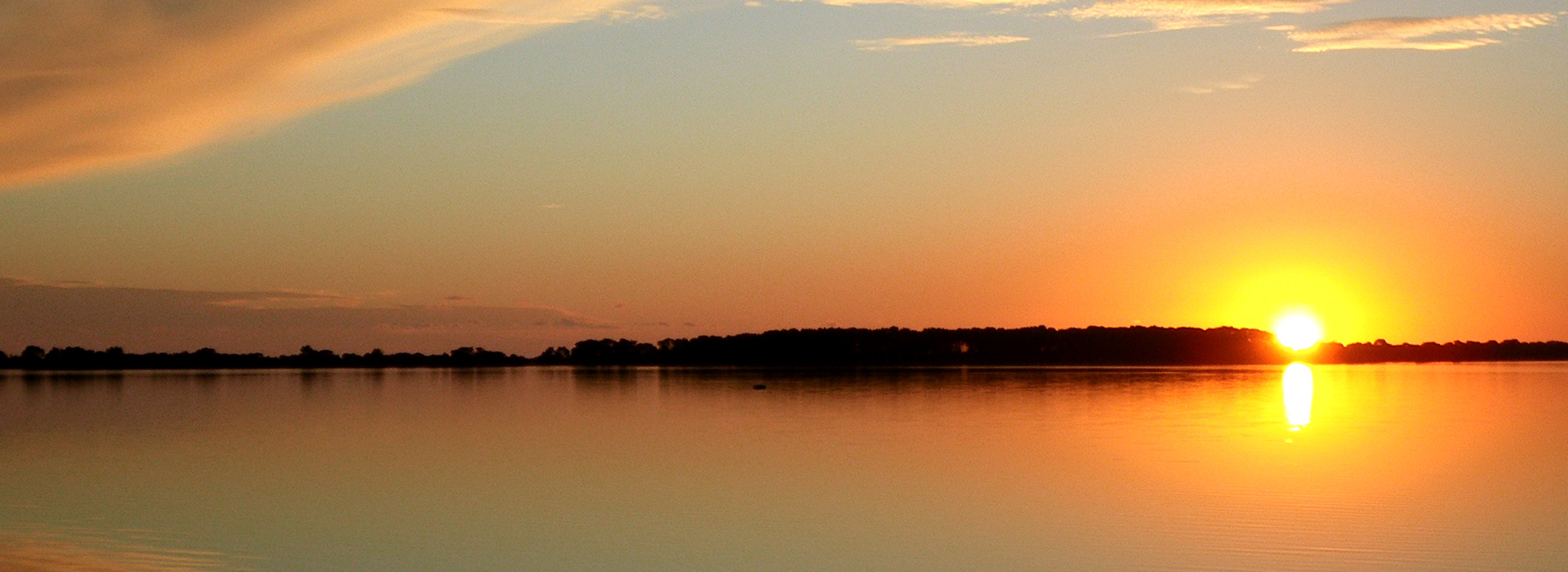
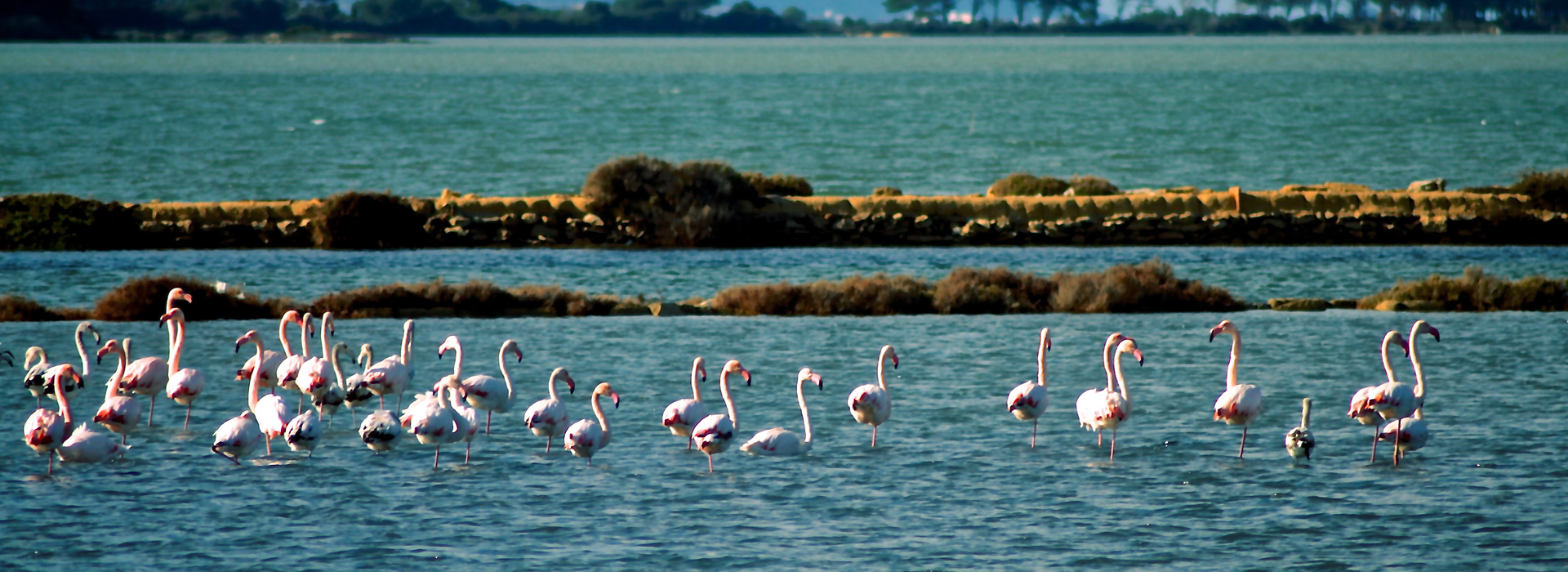
Kitesurf in Lo Stagnone!
Locals call it “stagno”, others lagoon. Natural reserve Lo Stagnone, no matter how it is called, is known for the shallow water, constant wind all year long and high temperatures (even in winter temperature here rarely goes lower than +10 degrees Centigrade). It is an ideal spot for learning and practicing in total safety due to the shallow water.
You can as well read information about our spot on the following sites:
“The Stagnone Lagoon is a part of Mediterranean Sea in front of Marsala City (Trapani province, autonomous region of Sicily); the Lagoon is delimited by an island called Isola Lunga (formerly stinco di Capra) because of its geographical long form.
Inside the Lagoon there are the famous Mozia island and another small island called Santa Maria. The water level in the lagoon varies from a few centimetres to a maximum of 2 metres. A peculiarity of the Stagnone is that, during summer, the water is always hot due to its low level and the lagoon conformation.”
Mozia, from Phoenicians to kitesurfing
It is not easy to describe emotions and feelings and that taste of magic surrounding Mozia. That place had always been known for salt collection. From Phoenicians who built the first salt until our days and until some unidentified flying objects piloted by humans appeared in the sky. Since that time Mozia is the synonym of kitesurf.


